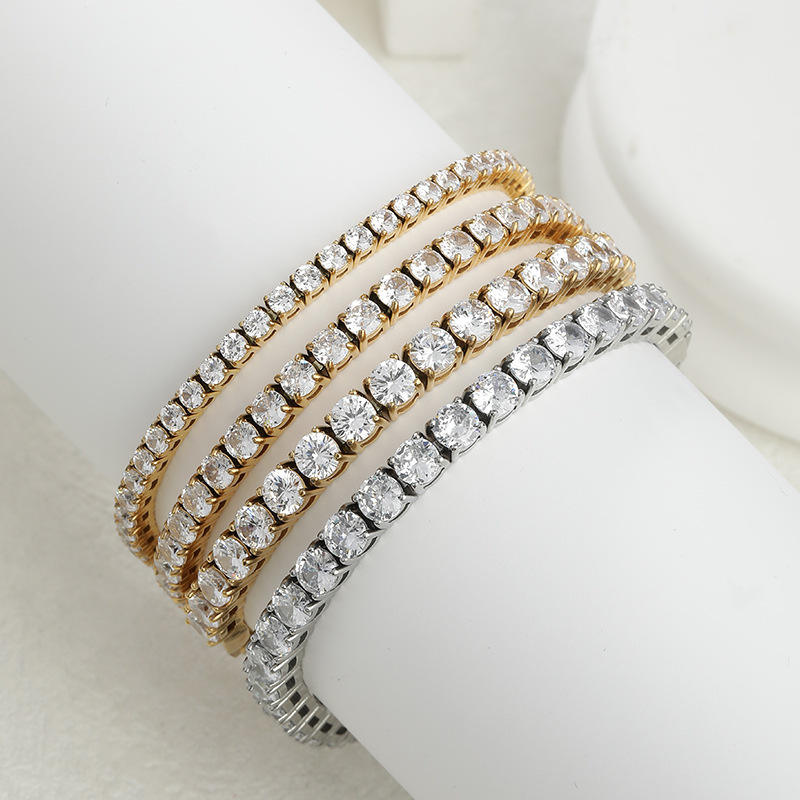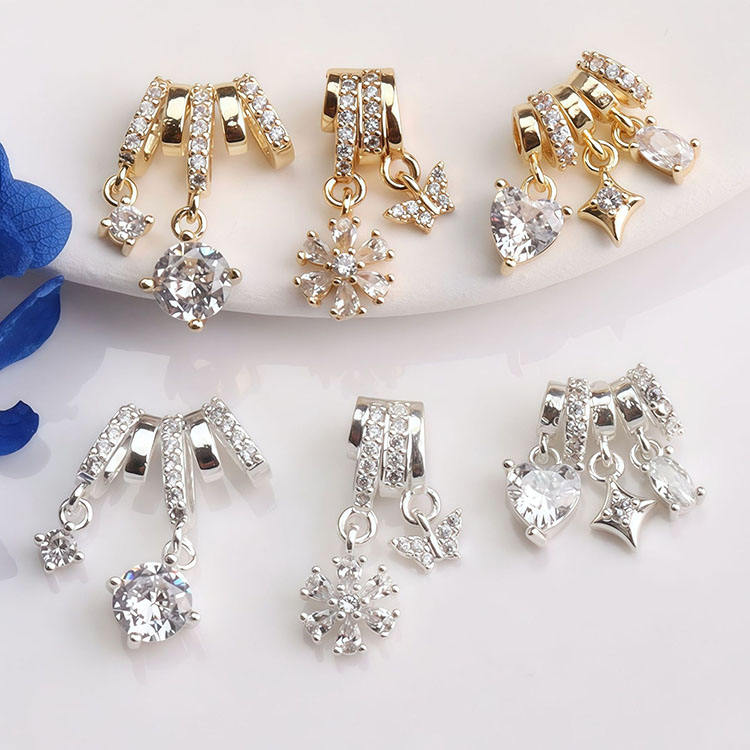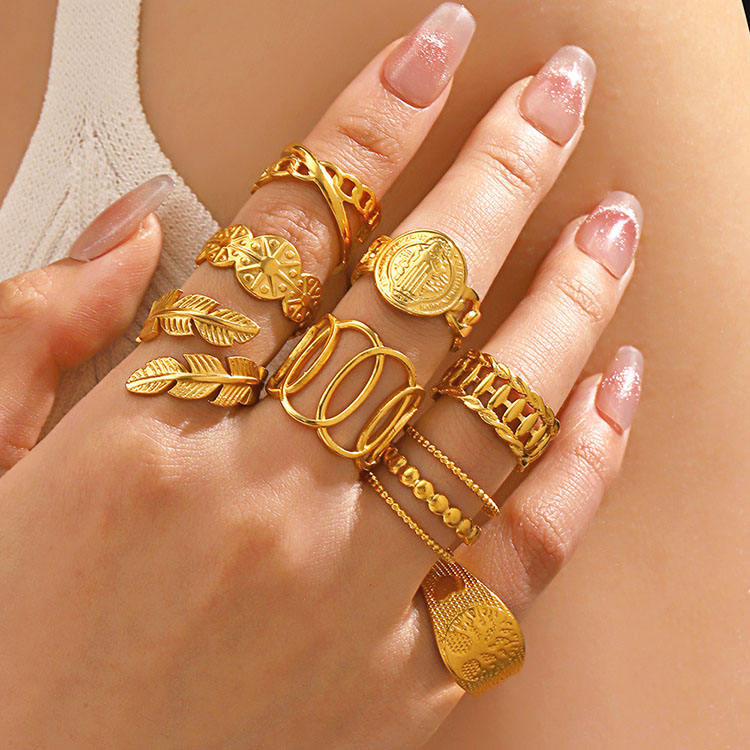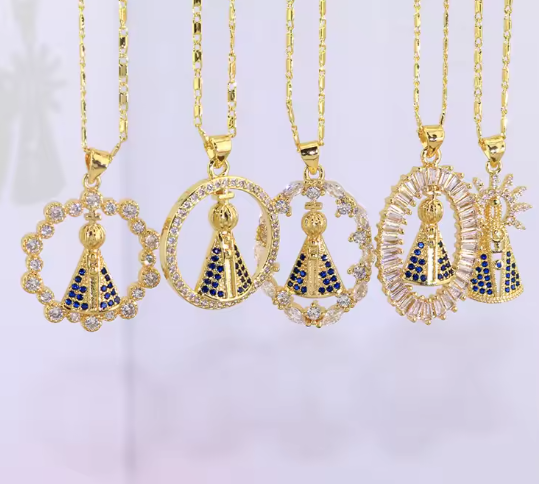Religion is interwoven into daily life across the Middle East, and wearable religious symbols are viewed as both sacred expressions of faith and protective talismans. This cultural priority creates a constant, high-demand market for religious pendants:
-
1)Dominant Religious Symbols & Their Significance: For the region’s majority Muslim population (concentrated in Saudi Arabia, UAE, Qatar, and Kuwait), pendants featuring the Arabic calligraphy of “Allah”, the Hamsa hand (a symbol of divine protection against harm), or Kaaba motifs (representing the holiest site in Islam) are non-negotiable staples. For Christian communities (prominent in Lebanon, Egypt, and Jordan), crosses—often designed with regional flourishes like Lebanese cedar tree engravings or Egyptian Coptic cross details—are equally popular. These symbols aren’t decorative; they’re deeply personal, making the pendants “must-have” items rather than discretionary buys.
-
2)Faith-informed Gifting Traditions: Religious jewelry is the backbone of Middle Eastern gifting culture. Zircon religious pendants are exchanged for key life moments: a small Allah pendant for a child’s first Eid al-Fitr, a cross pendant for a Christian teen’s confirmation, or a Hamsa pendant as a housewarming gift (to bless a new home). A 2024 report by the Middle East Retail Federation found that 68% of jewelry gifts in the region include a religious symbol—and 73% of those gifts are made with zircon. This gifting cycle ensures consistent demand, directly boosting the market share of these pendants.
Zircon—especially synthetic cubic zirconia (CZ), the most common type in Middle Eastern jewelry—solves three critical pain points for shoppers seeking religious pendants, setting it apart from other materials:
-
1)Affordability for Daily Wear & Mass Gifting: Gold and diamond religious pendants are highly valued in the Middle East but carry prohibitive price tags (e.g., a 14K gold Allah pendant can cost $250+, while a small diamond-encrusted cross starts at $300). Zircon pendants, by contrast, range from $12–$45—making them accessible for everyday wear (so consumers don’t fear loss or damage) and bulk gifting (e.g., buying 5–10 Hamsa pendants for extended family during Eid). A survey of 1,500 Middle Eastern shoppers by jewelry e-tailer Souq al-Jawhara found that 72% choose zircon for religious pendants specifically to avoid overspending on pieces worn daily.
-
2)Sparkle That Aligns with Regional Aesthetic Preferences: Middle Eastern jewelry tastes lean toward bold, luminous designs—and zircon’s high refractive index (2.17–2.18) delivers diamond-like sparkle that complements this preference. Zircon religious pendants are often crafted with the symbol as a central focal point, surrounded by smaller CZ stones or set in gold-plated/silver metal to mimic luxury. This “affordable glamour” works perfectly for the region’s love of layered necklaces: a zircon Allah pendant pairs seamlessly with gold chains, adding shine without clashing. In Dubai’s bustling gold souks, vendors report that zircon religious pendants outsell plain zircon styles by 2:1, as shoppers prioritize “meaning + sparkle.”
-
3)Durability for Harsh Climates: The Middle East’s hot, dry weather and sandy conditions can damage delicate gemstones—but zircon’s Mohs hardness rating of 6–7 makes it scratch-resistant, and it won’t tarnish, fade, or lose sparkle in high temperatures. This durability is critical for pieces meant to be worn daily (e.g., under abayas or traditional thobes) or during outdoor events like Eid prayers or desert weddings. Unlike cheaper alternatives like glass (which chips easily) or resin (which yellows over time), zircon retains its appearance for years—making it a practical choice for long-lasting, meaningful jewelry.
While zircon religious pendants hold strong market share across the Middle East, preferences for symbols, metals, and designs vary by country—shaping product demand for brands:
-
1)Gulf Cooperation Council (GCC) Countries (Saudi Arabia, UAE, Qatar): Allah calligraphy and Hamsa pendants dominate. In Saudi Arabia, larger, more ornate Allah pendants (2–3cm in size) set in gold-plated metal are top-sellers, as they’re visible under abayas. In the UAE (a global tourist hub), smaller,“souvenir-friendly” Hamsa or Kaaba zircon pendants (1–1.5cm) are popular—visitors buy them as meaningful mementos, contributing 30% of Dubai’s zircon religious pendant sales.
-
2)Lebanon, Egypt, Jordan: Cross pendants lead among Christian communities. Lebanese shoppers prefer intricate cross designs with cedar tree engravings (a national symbol) set in rose gold-plated metal, while Egyptian consumers favor Coptic cross pendants paired with small zircon accents. These styles make up 45% of religious jewelry sales in Beirut and Cairo.
-
3)Turkey: Blending Islamic and Ottoman influences, zircon pendants featuring the evil eye (nazar boncugu) (a pan-Middle Eastern protective symbol) and Allah calligraphy are bestsellers. Turkish shoppers also prioritize warm metal tones—rose gold-plated settings outsell silver by 3:1, as they complement the region’s olive and medium skin tones.
Other materials struggle to match zircon’s appeal for religious pendants in the Middle East, due to misalignment with consumer needs:
-
1)Glass/Plastic: These lack zircon’s sparkle and durability—critical for pieces meant to be worn daily or passed down. A glass Hamsa pendant may lose its shine in 3–6 months, while zircon retains its luster for years.
-
2)Low-Grade Diamonds: While diamonds offer more sparkle, they cost 8–12x more than zircon. For a pendant worn daily or gifted to multiple family members, this price gap is prohibitive—only 12% of Middle Eastern shoppers choose low-grade diamonds for religious pendants, per the Souq al-Jawhara survey.
-
3)Semi-Precious Stones (Amethyst, Turquoise): These are popular for casual jewelry but lack the “luxurious” sparkle Middle Eastern consumers associate with religious symbols. Zircon’s shine makes the pendant feel “special” without the premium cost.
In summary, zircon jewelry pendants with religious symbols have a larger market share in the Middle East because they perfectly align with the region’s faith-driven values, cultural gifting traditions, and practical needs. For brands targeting this market, these pendants aren’t just a product—they’re a way to connect with consumers on a deeply personal, cultural level. As long as religious identity remains central to Middle Eastern life, the demand for zircon religious pendants will continue to grow.









